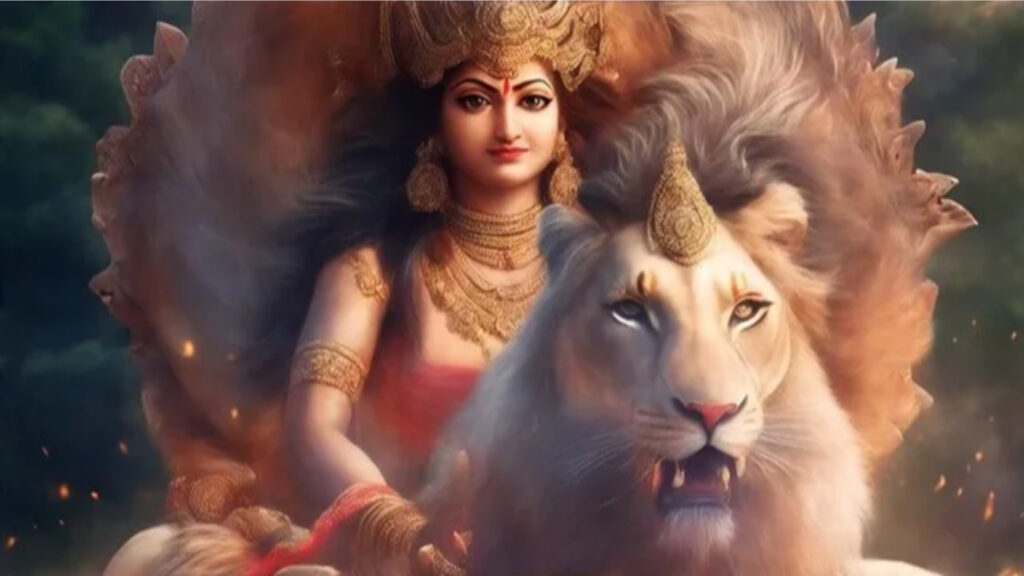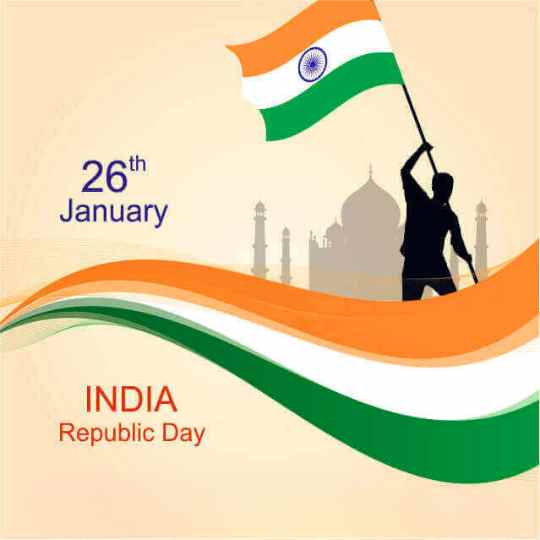
According to Sanskrit grammar, saying ‘Navaratri’ is grammatically incorrect because due to the grouping of 9 nights, it is considered a Dvand Samas, and therefore, the word is correctly considered in the masculine form ‘Navratri’.
During the Earth’s orbit around the Sun, there are 4 Sandhis (transitions) in a year. Among them, the two main Navarathri fall in the circular transitions occurring in March and September or October.
But wait, there’s more! Ever wonder why we have Navaratri? It’s not just about parties and dancing (although that’s a big part of it!). It’s also because, during these times, our bodies are more vulnerable to getting sick. Yep, with the seasons changing, germs and bugs like to come out and play. So, Navaratri is like our secret weapon to keep us healthy, happy, and feeling awesome!
So, next time you’re celebrating Navaratri, remember it’s not just about the dance moves and the yummy food; it’s also about staying strong and keeping those bugs away!
Ancient sages and monks in India considered nighttime more significant than daytime, so festivals like Diwali, Holi, Shivaratri, and Navaratri are celebrated at night.
When the sun snoozes, nature’s rules loosen up a bit. Even science agrees! Our ancient sages were way ahead of the game. Did you know that at night, sounds travel much farther? It’s like the radio waves—they zip around more freely once the sun calls it a day.
Here’s a cool fact: Just as the sun messes with radio signals during the day, making it tough to tune in, chanting mantras face a similar struggle in the daytime buzz. That’s why our wise ancestors thought nighttime was the best time to chant and pray.
In temples, the ringing of bells and the sound of conch shells create an environment free from harmful microorganisms.
It’s believed that during Navaratri, all the planets in the universe gather and become active, which could have adverse effects on human life. That’s why people worship the nine forms of the Goddess to maintain peace among the planets. Also, Shardiya Navaratri symbolises the victory of truth over falsehood and righteousness over evil.
Legendary Tales of Navratri:
Triumph over Mahishasura:
Once upon a time, there was a mighty demon named Mahishasura. He was blessed with immense powers after worshipping Lord Shiva. However, consumed by his demonic nature, Mahishasura began to wreak havoc. He conquered the heavens and even defeated the powerful trinity of Brahma, Vishnu, and Shiva.
The gods united and created the divine force known as Maa Shakti or Maa Durga to counter this grave threat. Empowered by the gods, Maa Durga waged a fierce battle against Mahishasura that lasted for nine days and nights. Finally, on the tenth day, Maa Durga emerged victorious, symbolising the triumph of good over evil.
The Tale of Sati:
Uma, the daughter of King Daksha, was deeply in love with Lord Shiva, despite her father’s disapproval. Determined to marry Shiva, Uma devotedly worshipped him until her prayers were answered, and they wedded.
Once, King Daksha organised a grand ceremony, but Shiva and Uma were not invited. Undeterred, Uma attended the event alone. During the ceremony, Daksha insulted Shiva, which deeply hurt Uma. Unable to bear the disrespect towards her beloved, Uma sacrificed herself by leaping into the sacred fire.
From that moment, Uma became known as Sati. She was reborn and reunited with Shiva, living happily ever after. It is believed that during the nine days of Navratri, Sati returns to her parental home.
These legends of Navratri celebrate the eternal victory of righteousness and love, inspiring devotees worldwide.
Follow us on social media for cool astrology content! Get a daily horoscope, learn about the stars, and join our community! Follow us now! 🌟 on Instagram, Twitter, and Facebook
![]()



